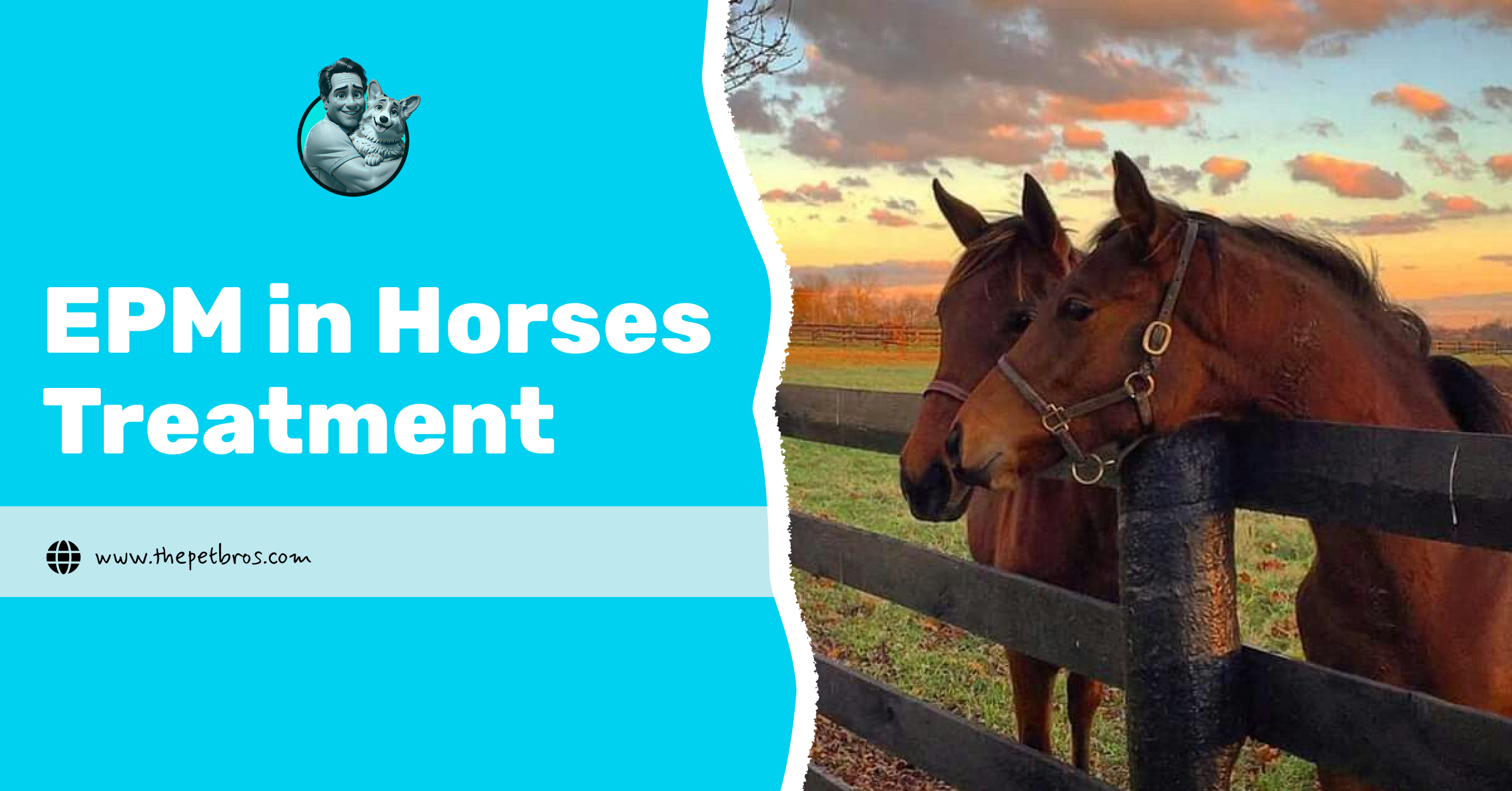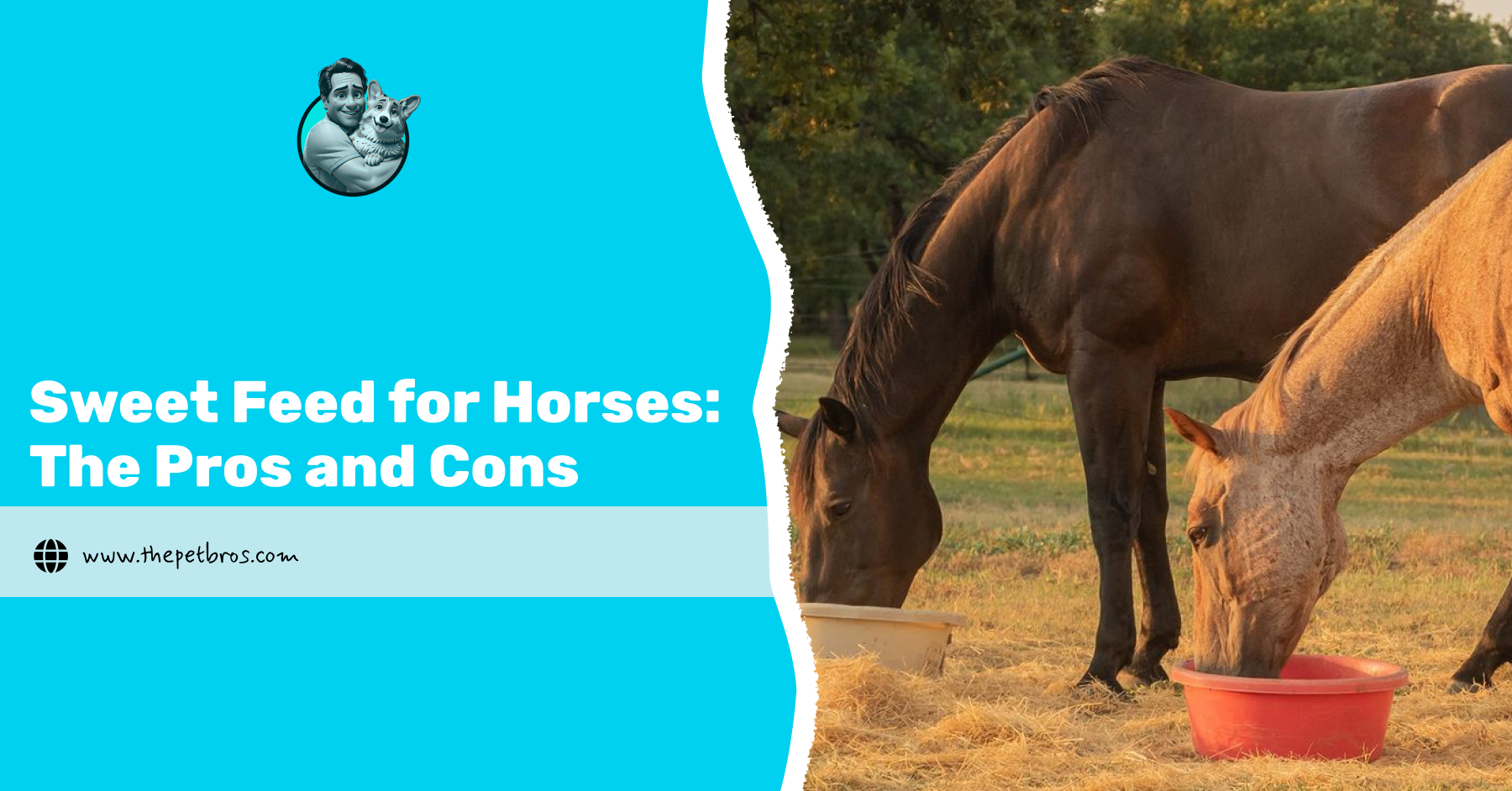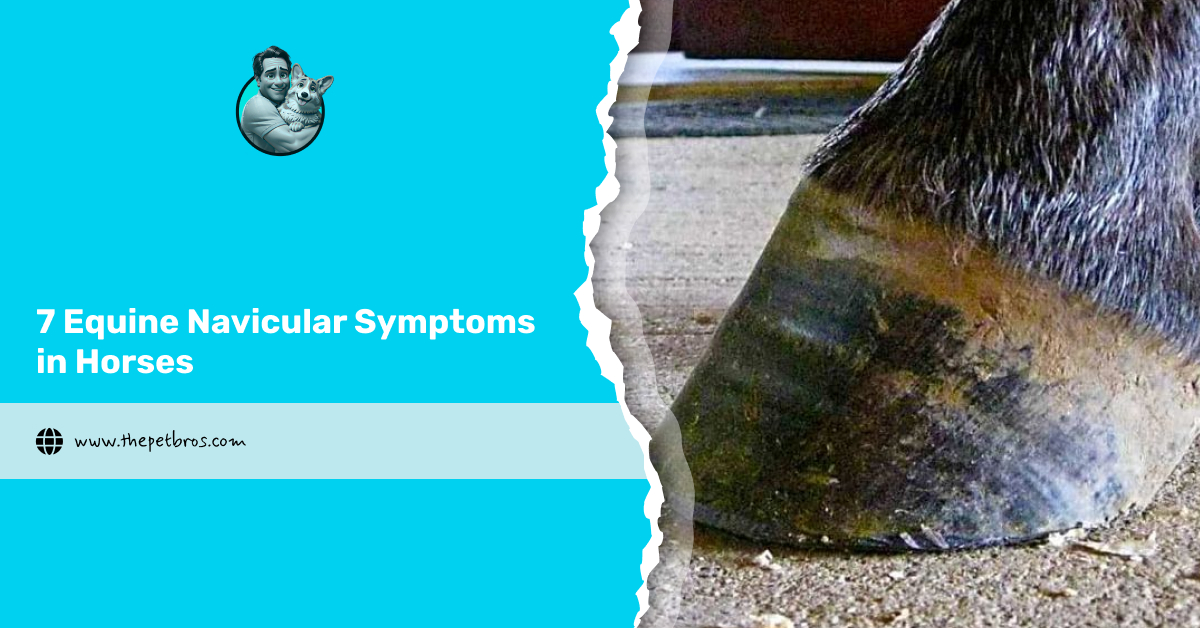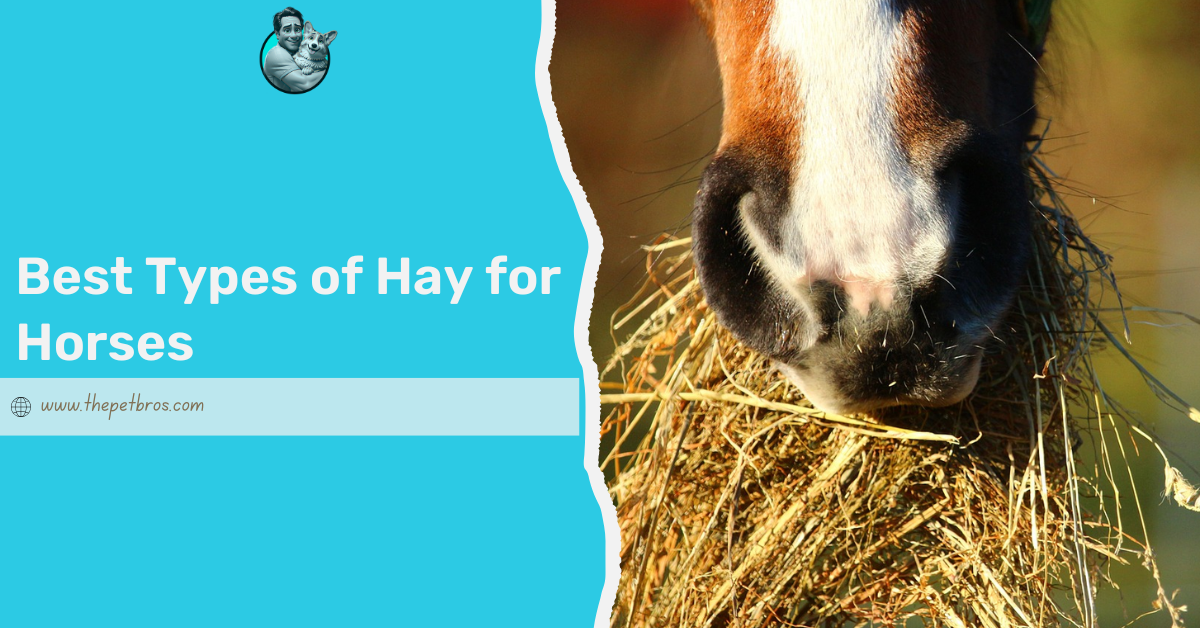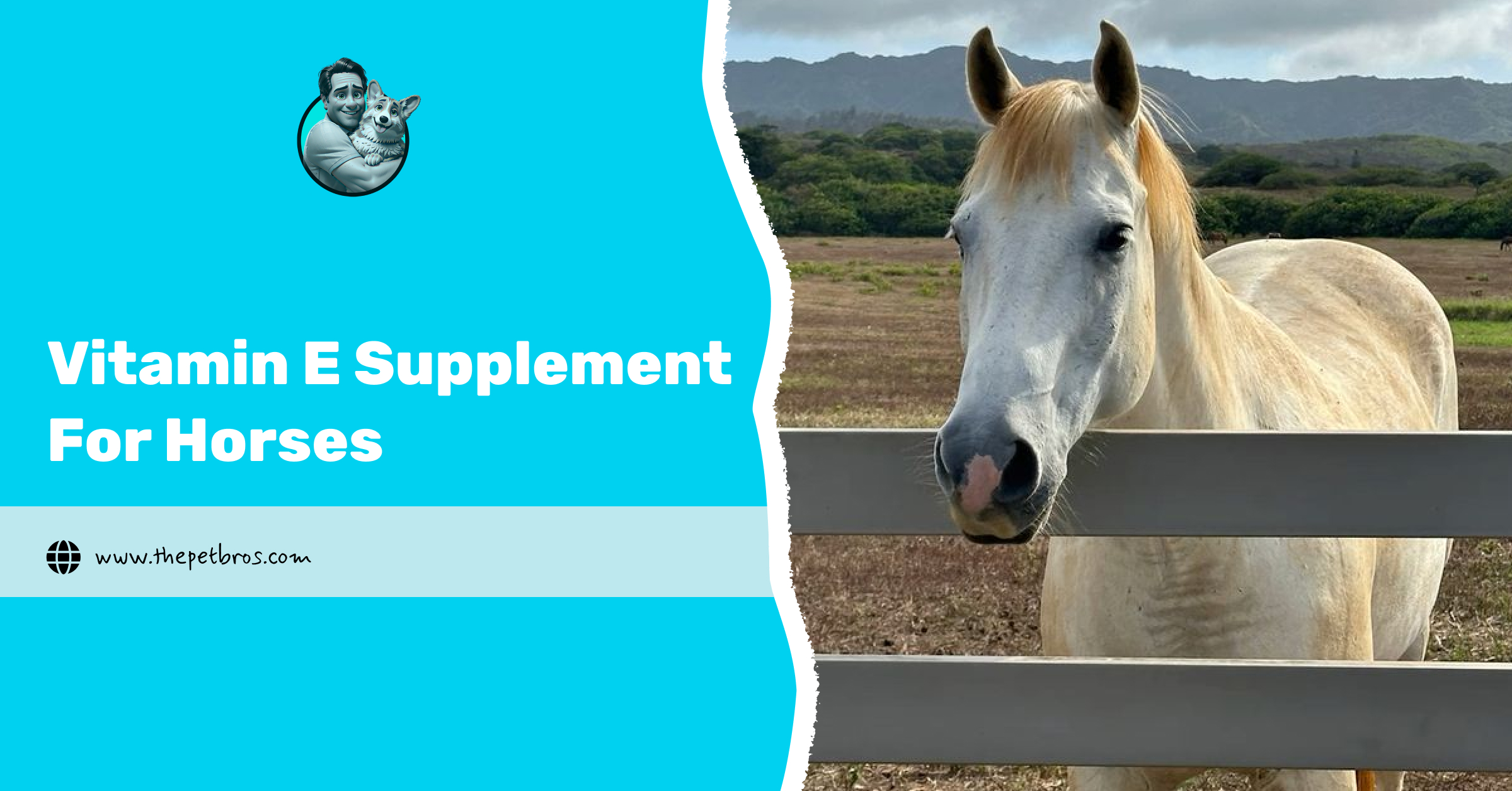If you’ve spent enough time around horses, you know they can go from a perky and full-of-life horse that runs to you at the sound of their name to… well, just a little “off” the next. Maybe their walk seems uneven, or they trip more than usual, or they just don’t have their usual sparkle. It’s easy to shrug it off at first, but sometimes those tiny changes are your horse’s way of saying something bigger is going on.
EPM is one of those sneaky conditions that can start quietly but really throw your horse off their game. It might sound scary, but here’s the thing: if you catch it early and get the right EPM in horses treatment, many horses get back to feeling like their old selves again. So let’s break it down in plain language.
What Exactly is EPM
So, let’s start with the basics. EPM, which stands for equine protozoal myeloencephalitis, is a bit of a mouthful, isn’t it? Put simply, it’s a disease that affects a horse’s nervous system. Think of the nervous system as the communication line that tells muscles what to do and keeps everything working in harmony. When that line gets interrupted, even slightly, things start to look a bit wobbly.
The trouble begins with a tiny parasite, most often Sarcocystis neurona and sometimes Neospora hughesi. These little organisms are carried by opossums and can sneak into hay, water, or feed. Horses pick them up accidentally while munching on hay, eating or drinking, and once the parasite gets into the body, it can move into the spinal cord and brain. That’s where the real problems start, because it can damage the way signals travel from the brain to the rest of the body.
Now, not every horse that swallows the parasite develops the disease, which is why it can feel a bit confusing. Some horses carry on just fine, while others start to show symptoms that range from very subtle to very obvious. That’s part of what makes EPM in horses so tricky; you never quite know how it will present itself until it does.
5 Signs of EPM in Horses
Spotting the early signs of EPM in horses can be tricky because they often start small and look like everyday clumsiness. But paying attention can make all the difference in getting your horse treated quickly.
- Unsteady movement: Your horse might stumble more than usual or walk with an uneven gait as if they have the navicular syndrome, almost as if one side of the body is weaker.
- Muscle weakness: Sometimes you’ll notice muscle loss, especially along the back or hindquarters, where one side seems more sunken than the other.
- Head tilt or strange posture: Some horses develop a noticeable tilt in their head or carry their body awkwardly because the nervous system is struggling to send clear signals.
- Behaviour changes: Even subtle shifts like irritability, depression, or seeming less alert can be signs.
- Seizures or severe incoordination: In more advanced cases, symptoms become harder to miss, with dramatic loss of balance or even collapsing.
The tricky part is that symptoms don’t look the same in every horse. Some may only show mild stumbling, while others progress quickly to more severe neurological issues. This variation depends on where in the nervous system the parasite is causing damage.
How Do Vets Diagnose EPM in Horses?
Once you’ve spotted some worrying signs, the next step is getting a clear diagnosis. The challenge is that EPM symptoms can look very similar to other neurological problems in horses, so vets have to rule out quite a few conditions first.
Your vet will usually begin with a thorough physical and neurological exam, checking reflexes, balance, muscle tone, and overall coordination. They’ll also want to know when you first noticed changes and how quickly things have progressed. Blood tests can show whether your horse has been exposed to the parasite, but they don’t always prove that it’s causing the problem. That’s why spinal fluid testing is sometimes used for a more accurate picture.
All this helps the vet decide whether your horse needs to start treatment of epm in horses and how aggressive that plan should be. Catching the condition early not only makes diagnosis easier but also improves the chances of your horse making a strong recovery.
EPM in Horses Treatment Options
What happens once your horse has been diagnosed? The good news is that EPM in horses treatment has come a long way, and many horses respond really well if therapy starts quickly. The main goal is to stop the parasite in its tracks and give your horse the best chance of repairing the damage.
Most vets will prescribe antiprotozoal drugs that directly target the parasite. These medications can take several weeks to do their job, but they’re the backbone of treatment. Alongside this, your horse might be given anti-inflammatory drugs to reduce swelling in the nervous system and ease discomfort. Some vets also recommend vitamin E supplements because they help support the nervous system during recovery.
Patience is key here. Improvements may be slow at first, but with consistent care and the right medication plan, many horses show real progress. The earlier you start, the brighter the outlook.
How To Care for Your Horse During and After EPM Treatment
Your horse has finished the main round of medication. Brilliant news! But here’s the thing: recovery does not end the moment the last dose is given. Once EPM in horses treatment is complete, the real work often begins, and this is where a little extra care from you can make all the difference.
Think of it a bit like your horse going through rehab. Muscles need time to strengthen again, balance has to improve, and confidence takes a while to come back. Light exercise, done slowly and steadily, is usually the best way forward. Imagine starting with gentle strolls before moving on to more challenging work. Go too fast, and you risk undoing the progress that has already been made.
Now, let’s talk about food, because nutrition is a big part of the picture. A well-balanced diet, rich in vitamins and minerals, is like fuel for the nervous system. Many vets recommend adding vitamin E, as it supports nerve repair. And of course, good forage should always be at the heart of your horse’s meals.
Don’t forget the emotional side of things either. Horses recovering from EPM often do better when their days are calm and predictable. A steady routine, plenty of rest, and minimal stress can really help them feel safe and heal more smoothly.
The truth is, some horses bounce back quickly and go right back to their old selves, while others might carry a few lingering quirks that need managing. The key is to keep a close eye, celebrate every small win, and work closely with your vet to guide the recovery journey.
Wrapping It Up
Looking after a horse with EPM can feel like a big challenge, but don’t lose heart. With the right treatment and a whole lot of love, recovery is definitely within reach. Progress might be slow at times, but every little improvement is a reason to celebrate. Stick close with your vet, give your horse top-notch care and nutrition, and your horse has the best shot at bouncing back and thriving like never before.
FAQs
Can a horse fully recover from EPM?
Yes, many recover well with treatment, but some may keep mild signs.
What causes a horse to get EPM?
Eating food or water contaminated with opossum droppings that carry the parasite.
How to test if a horse has EPM?
A vet checks symptoms and runs blood or spinal fluid tests for the parasite.
Can EPM go away on its own?
No, EPM does not resolve without treatment and can worsen over time.






